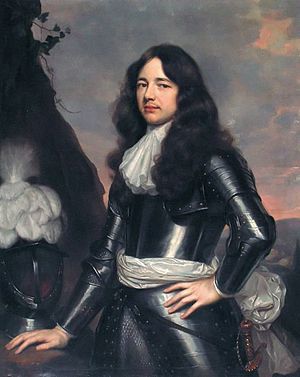Alexander Bruce, 2nd Earl of Kincardine facts for kids
Alexander Bruce, 2nd Earl of Kincardine (1629–1681) was an important person from Scotland. He was an inventor, a politician (someone who helps run the country), and a judge. He was also a freemason, which means he belonged to a special group with old traditions. Alexander Bruce worked with a famous scientist named Christiaan Huygens to create a special clock called a marine pendulum clock. This clock was designed to work well on ships at sea. He was also a Fellow of the Royal Society, a group that promotes science.
Early Life and Family
Alexander Bruce came from a wealthy family. His grandfather, Sir George Bruce of Carnock, made a lot of money from coal mining and producing salt. He even built a grand house called Culross Palace in Fife in 1597.
In 1659, Alexander Bruce married Veronica. She was the sister of a Dutch nobleman named Cornelis van Aerssen van Sommelsdijck. Alexander Bruce was involved in supplying stone and marble for the town hall of Amsterdam in the Netherlands.
Important Roles and Contributions
Alexander Bruce held several important positions in Scotland. On June 20, 1667, he was listed as a Treasurer of Scotland. This meant he helped manage the country's money. In the same year, he became an Extraordinary Lord of Session, which was a high-ranking judge in Scotland's main court.
He was also one of the twelve people who formed a special committee in 1660. This committee led to the creation of the famous Royal Society of London. The Royal Society is a very old and respected group that supports science and discovery. Alexander Bruce wrote many letters to his friend and fellow freemason, Sir Robert Moray. These letters are very important because they tell us a lot about Alexander Bruce's life and work.
See also
- Sir William Bruce, 1st Baronet, of Balcaskie, Alexander's cousin and business partner


